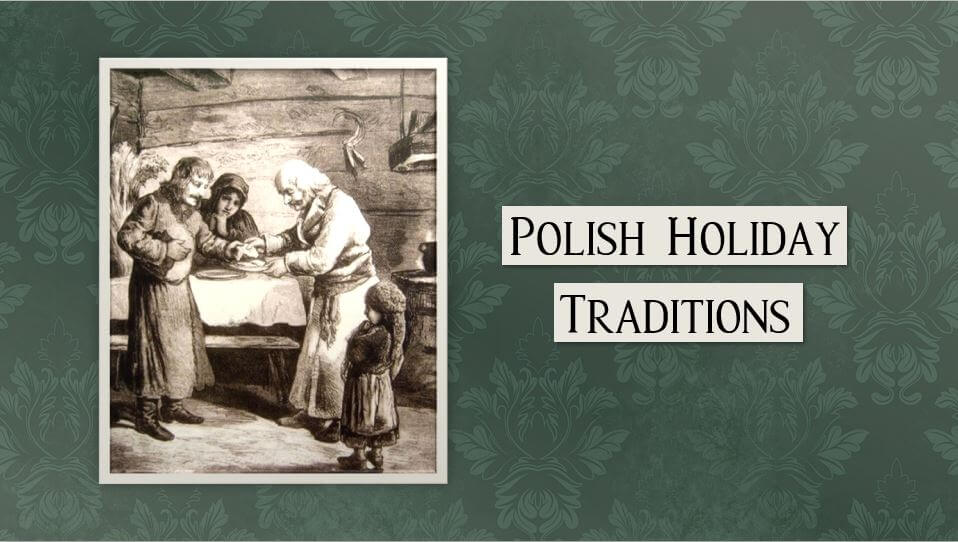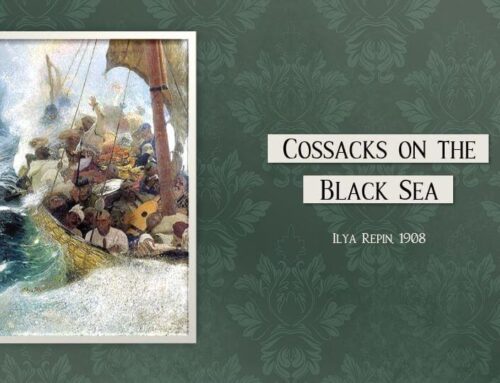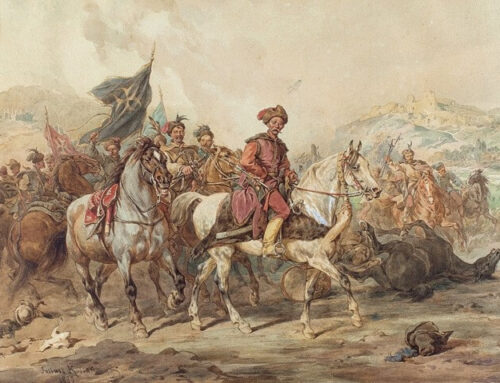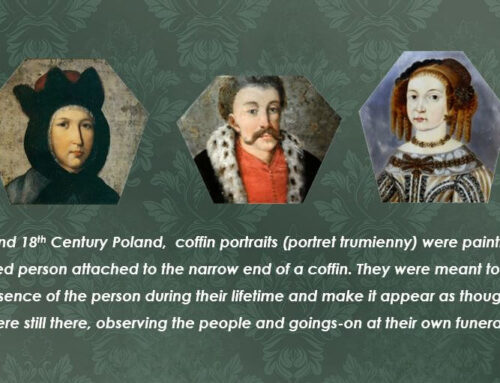I had a lot of fun researching Polish Christmas traditions for The Heart of a Hussar! I discovered that in the 17th century, the Poles had many rich and varied customs, and a great number still exist today. Below I’ve highlighted a few:
- Placing bundles of grain (wheat, oats, rye) throughout the dining room where the Wigilia (Christmas Eve) supper was to be served; sometimes the bundles were formed into stars or crosses. Poland’s holiday customs are steeped in Christianity, but this particular tradition harkens back to pre-Christian days. The placing of grain celebrated winter solstice and invited the favor of the gods who controlled the bounty of the crops that would grow the following year. Displaying the grains and baking special breads during the holiday season honored ancestral spirits and ensured the soil would be fertile in the coming year. In addition to the placing of the grain, straw or hay was laid out on the dinner table before being covered with a white linen tablecloth and place settings.
- The breaking and sharing of the opłatek (oh-pwah-tek) was one of the most important rituals of Wigilia. A bread wafer, the opłatek was placed on the best plate in the house. After the family had said its prayer aloud, reciting all they were grateful for, the male head of the family would take the wafer and turn to his wife, wishing her good health and success in the year ahead. Expressing her thanks, she would break off a piece and return the gesture by offering it and her good wishes to her husband. He would break off a piece from the one extended to him and eat it. The wafer would then be passed around to older relatives first, followed by honored guests, and finally to the children. Everyone spoke a few words and exchanged good wishes. Once the wafer had been shared, the meal could begin.
- The meal that followed was traditionally a meatless one, and dishes were an odd number. In a lord’s home, the number could be as high as 11 or 13, depending upon his level of wealth. Thirteen was the preferred amount because it mirrored the number who sat down to the Last Supper.
- Mass followed at midnight (this was considered the time Christ was born). It was called the Shepherd’s Mass because of the biblical telling in which the shepherds were the first to greet the newborn babe. Everyone turned out, filling the churches, whether they walked or rode sleighs, except the very old or the sick.
- In contrast to the events of Wigilia, Christmas day was spent quietly. No work was allowed—not even peeling carrots or sweeping floors—and meals were simply reheated food from the day before. No guests arrived, nor did families go out to visit. By contrast, the following day, St. Stephan’s Day, was the time for getting together and exchanging best wishes.
I have barely scratched the surface and only highlighted a few of Poland’s Christmas customs. There are far more intricate details and variations, depending upon each region, and I could have filled an entire chapter with these old and rich holiday practices!
For more about Polish holiday customs, take a look at Sophie Hodorowicz Knab’s book, Polish Customs, Traditions, & Folklore. It’s full of amazing details and was my go-to source as I wrote both the novels. The book is ragged around the edges from the frequency with which I used it, and I’m so grateful it’s on my bookshelf!









Leave A Comment